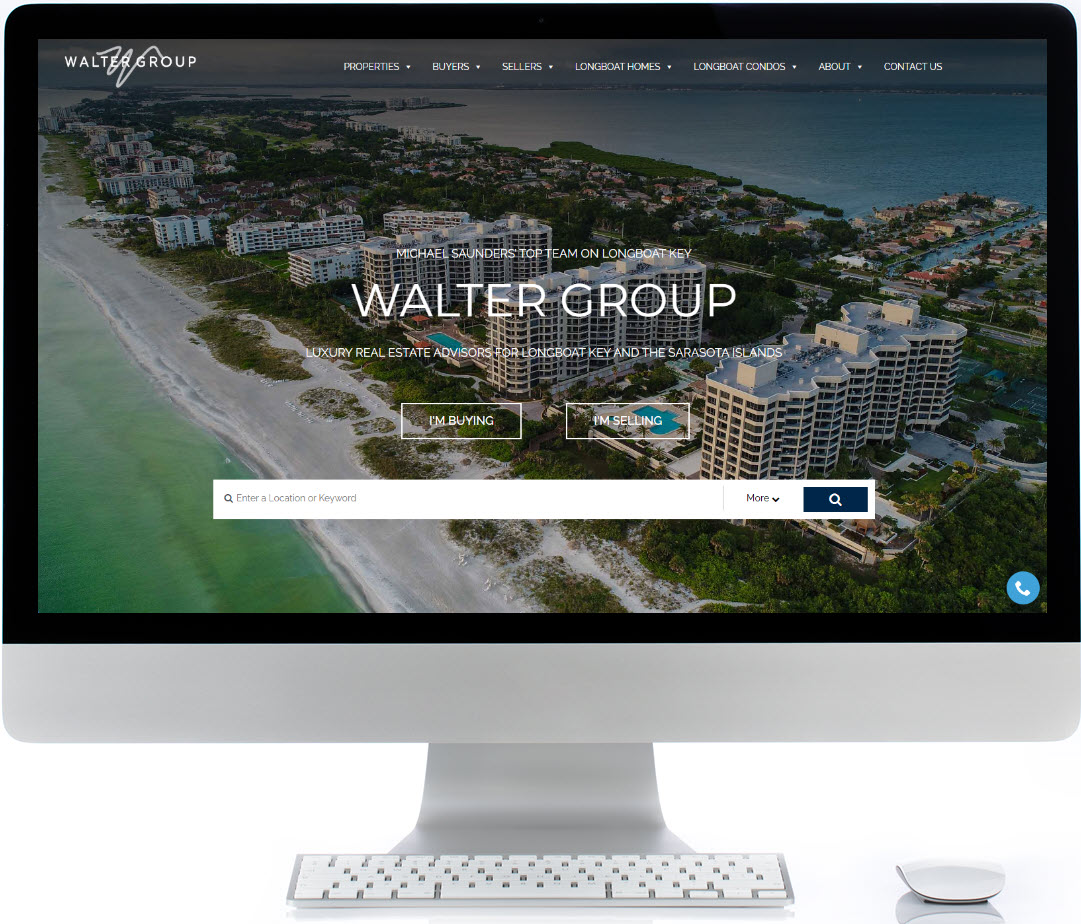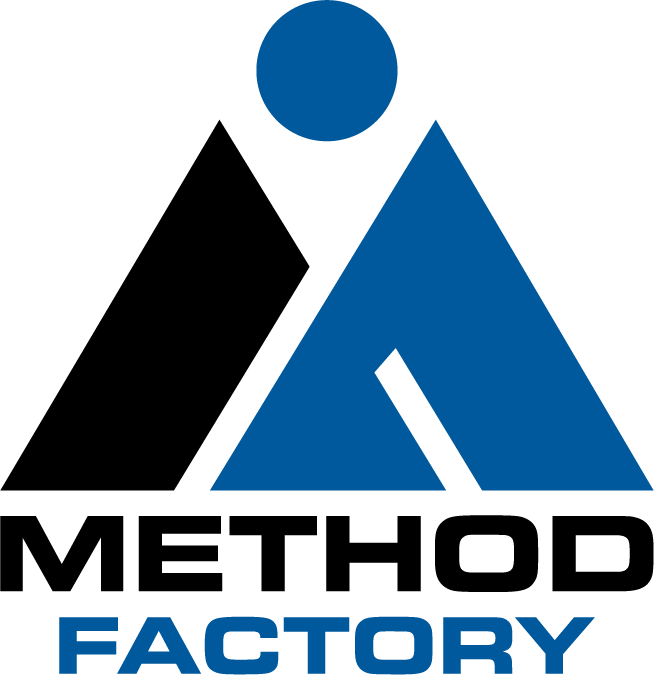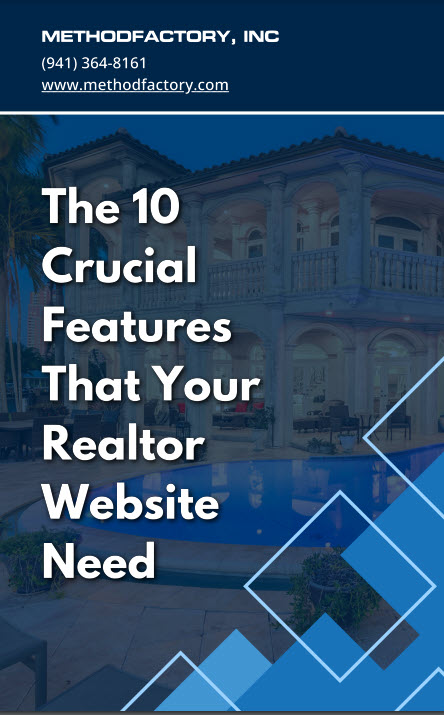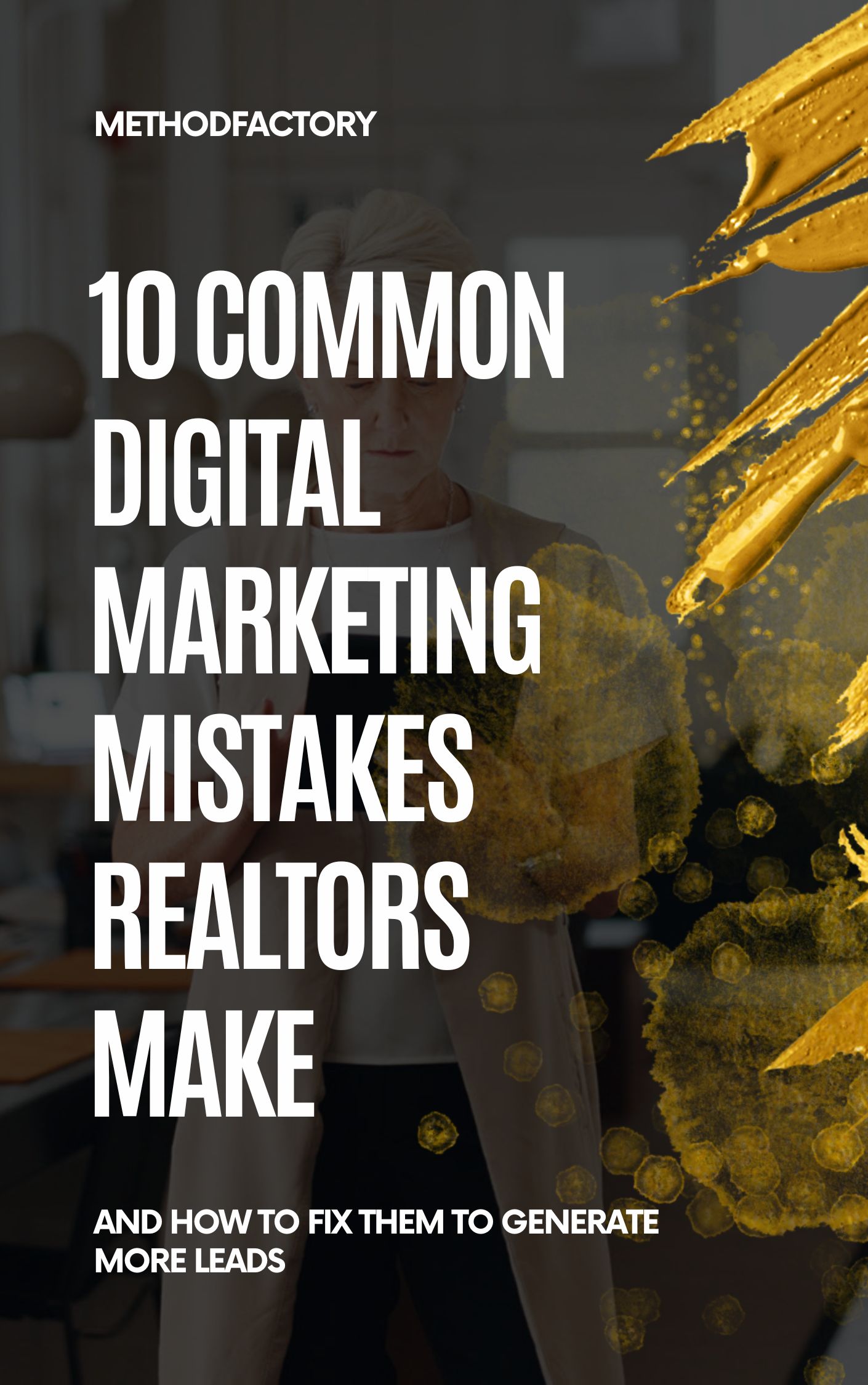Website Design That Builds Authority
Design no longer stops at visuals. Every page must solve a real user question, mapped to search intent. With the Brand Search Authority (BSA) Framework, your website is built to be:
Found by search engines
Trusted by AI systems
Chosen by your ideal customers
Search Is Now AI-Powered. Authority Isn’t Optional—it’s Essential
AI search results no longer just “list links.” They choose who gets cited, summarized, and recommended. If your site isn’t recognized as a trusted authority, you’ll be left out of the answers people actually see.
Then...
Rankings based on keywords & backlinks
Blog-first, low-structure content strategy
One-time optimization approach
Little focus on brand reputation
UX and speed overlooked
Quantity prioritized over quality
Now...
Authority, structure & trust drive rankings
Entity-based, semantically rich content
E-E-A-T signals boost visibility
Continuous improvement
UX, speed & mobile-first matter
Experience and trust beat volume
How Does AI Search Work?
AI search works by combining machine learning, natural language understanding, and structured data to deliver more accurate, context-aware results than traditional keyword-based search. AI Search works in five main stages:
Understanding Intent
AI doesn’t just match word, it tries to understand what the searcher means:
-
Uses natural language processing (NLP) to interpret conversational or question-based queries.
-
Recognizes context, synonyms, user location, and even previous search behavior.
Example: A search for “best camera for travel” returns expert reviews and comparison guides, not just pages with matching words.
Entity Recognition
AI search engines organize knowledge around entities (people, brands, places, topics) instead of just links:
-
Entities are stored in knowledge graphs (like Google’s or Bing’s).
-
The system matches your query to entities, attributes, and relationships.
Example: Searching for “Tesla revenue” returns a direct answer sourced from financial reports, not just websites.
Structured & Unstructured Data Integration
AI can pull from:
-
Structured data (e.g., schema markup on websites, databases)
-
Unstructured data (e.g., text in articles, PDFs, or videos)
Example: A search for “COVID-19 vaccine side effects” blends CDC fact sheets (structured data) with medical articles (unstructured data) to provide a clear summary.
Ranking & Relevance Using AI Models
Modern systems use deep learning models like BERT or Gemini to:
-
Rank results based on context, quality, and relevance, not just backlinks.
-
Personalize results depending on user preferences and behavior.
Example: A search for “best Italian restaurant near me” ranks results by reviews, menu relevance, and location — not just keywords.
Answer Generation or Snippet Display
Instead of sending users to websites, AI often provides:
- Direct answers in featured snippets or summaries.
- Conversational responses (in chat-based interfaces like ChatGPT or Google’s Search Generative Experience).
Example: A search for “how to tie a tie” shows step-by-step instructions in a featured snippet, sometimes with images or video.
What Signals Does Your Website Give Off?
Every website sends signals whether you plan them or not. Search engines and AI models constantly scan for:
Trust Signals
Security, authority backlinks, and consistent branding.
Expertise Signals
Depth of content, citations, and author credibility.
Engagement Signals
How users interact, stay, and share.
Technical Signals
Site speed, structure, and accessibility.
If your signals don’t align with authority, your brand won’t be chosen, even if you have great content. With BSA, every signal your site gives off is intentional and designed to build recognition.
Is Your Website Set Up for Semantic Similarity Search Engines?
Search has shifted from exact keywords to semantic similarity, matching intent, not just text. AI search engines such as Google Gemni, ChatGPT, Claude now ask:
- Does your site answer the question behind the search?
- Is your content structured so AI can understand and recommend it?
- Do related queries map back to your expertise?
A BSA-built website ensures every page is semantically aligned, so you show up not just for what people type, but for what they mean. That’s how your site becomes the trusted answer across search, AI assistants, and beyond.
From AEO to GEO: Optimizing for the AI-First Search Era
Search is no longer just about blue links. Today, AI-driven systems like Google’s SGE, ChatGPT, and other large language models are deciding what content gets seen and how. That’s why we integrate both Answer Engine Optimization (AEO) and Generative Engine Optimization (GEO) into every BSA strategy.
AEO (Answer Engine Optimization)
GEO (Generative Engine Optimization)
Together, AEO and GEO future-proof your visibility, making your content not only the answer people see, but the authority AI systems trust.
The result: more brand visibility, credibility, and leads in the era of AI-driven search.
Meet SAM and SARA: Your Brand Search Authority Guides
In today’s intelligent search landscape, success requires more than traditional SEO. To lead in both human and AI-driven ecosystems, we’re introducing two personas who will anchor our approach to Brand Search Authority (BSA): SAM (BSA Strategist) and SARA (BSA Copywriter, Marketer, Web Designer).
SAM – Search Authority Master
SAM is our strategic architect. Think of SAM as the strategist who sees the entire digital landscape.
Identifies where competitors gain authority.
Maps opportunities in SEO, AEO, and GEO.
Designs the roadmap for sustainable search leadership.
SAM is the voice of precision, competitive intelligence, and long-term positioning. When we talk strategy, frameworks, or high-level moves, SAM is leading the conversation.
SARA – Search Authority Reputation Architect
SARA is our hands-on implementer. Where SAM sets the direction, SARA builds the structure.
Crafts authority-driven copy and content.
Shapes web design and UX to reinforce trust signals.
Executes marketing and reputation-building campaigns.
SARA is the builder, the creative executor, and the one making sure authority signals are visible, credible, and consistent across every touchpoint.
How They Work Together
- SAM provides the strategy. He maps the gaps, identifies competitive opportunities, and defines the authority signals that matter most.
- SARA executes the plan. She translates strategy into tangible assets: content, design, campaigns, and reputation structures that bring authority to life.
Together, SAM and SARA ensure that every move we make is both intelligently planned and expertly executed, giving our team the balance of vision and action we need to lead in the age of intelligent search.
Introducing the BSA 5-Step Framework
The Brand Search Authority (BSA) Framework is your roadmap to building long-term, search-driven trust.
This 5-step process blends proven SEO strategy with modern signals like E-E-A-T, structured content, and user engagement, ensuring your brand not only ranks, but becomes the definitive answer in its category.
Audit online status
Identify visibility gaps and performance blockers.
Develop effective strategies
Align brand goals with search opportunities.
Implement critical actions
Optimize structure, content, and site experience.
Engage with audience
Boost trust signals and user activity.
Continuously monitor and adapt
Track performance and refine continuously.
Deep Dive Into Each BSA Step
Step 1: Audit online status
- Review 65+ data points across content, SEO, UX, reputation, and performance.
- Tools: GA4, SEMrush, GSC, Looker Studio.
Step 2: Develop effective strategies
- Create a roadmap aligned with user intent, business goals, and content gaps.
- Includes persona mapping, topic clusters, and content hierarchy.
Step 3: Implement critical actions
- The power of Brand Search Authority comes alive through how your website is structured, written, and designed.
- We don’t just write optimized content—we implement it inside a conversion-driven web design that enhances UX, signals trust, and supports your authority goals
Step 4: Engage with the audience
- Deploy interactive tools, emails, videos, opt-ins, and social proof to keep users engaged and drive conversions.
Step 5: Monitor and adapt
- Track rankings, traffic, engagement, and reviews.
- Test and refine over time to stay ahead of algorithm and audience shifts.
What You Get With the BSA Website Framework?
The Brand Search Authority Framework isn’t just a theory, it’s a blueprint we design and build directly into your website. Every project includes:

A high-authority pillar page
Up to 4 supporting cluster pages
Conversion-optimized design and layout
Fully responsive mobile experience
Lead capture forms and CTAs
Technical SEO and schema markup
Custom Google Looker Studio dashboard
Delivered as a complete, live-ready build. Not just content. A high-performance, high-authority web experience.
Proven Results With Brand Search Authority
See how Walter Group Real Estate achieved higher visibility and engagement:
Before: A Boxed-In Site That Limited Authority
- Limited ability to customize exclusive property pages.
- No control over buyer/seller content journeys.
- Out-of-the-box templates lacking brand voice.
- Ut incididunt aute adipisicing laboris est dolor sit enim sint.
- Minimal E-E-A-T alignment.
- Frustration with SEO and performance visibility.
After: A High-Authority Platform That Converts
- Fully customizable listing pages with tailored content.
- Strategic user journeys designed for trust and engagement.
- Built on WordPress with the Divi Theme for fast updates.
- E-E-A-T content structure for improved search visibility.
- Mobile-first, SEO-optimized, and lightning fast.
The Results
+250% Organic Search Traffic | +12% Average Time Per User | +30% Engagement Rate
“The new website not only establishes our brand authority in real estate sales but has also significantly increased the quality of our leads. MethodFactory’s dedication and expertise brought our vision to life, delivering a best-of-breed website that exceeded all our expectations.”
-Steve and Janet Walter
Michael Saunders & Company Top Longboat Key Realtors.
The 12 Critical Zones of Brand Search Authority
While traditional SEO often focuses narrowly on keywords and rankings, Brand Search Authority looks at the bigger picture. 10 interconnected optimization zones that work together to build trust, visibility, and conversions.
Core BSA Critical Areas (Immediately Actionable)
1
High-Quality Content
Intent-aligned, useful, and well-structured.
2
Search Engine Optimization
Semantic coverage, metadata, internal linking.
3
Enhanced E-E-A-T Implementation
Verifiable trust and expertise signals.
4
Website Optimization
Speed, mobile UX, technical health.
5
Reptation Management
Reviews, mentions, trust signals.
6
Analytics and Adaptation
Data-driven decisions, continuous improvement.
7
Brand Consistency
Unified messaging across all touchpoints.
8
Thought Leadership
Original insights, expert positioning.
Advanced Strategic Integration Areas (Emerging Opportunities)
9
Intelligent-First Content Strategy
CTAs, dwell time, interactivity.
10
Zero-Click Authority Building
Authority by association, co-branded trust.
11
Conversational Search Optimization
CTAs, dwell time, interactivity.
12
Intelligent Partnership and Integration
Authority by association, co-branded trust.
These zones are not optional. They’re the foundation of how modern search works in an AI-first world. BSA activates all 10 to help your brand rank, resonate, and convert.
What Does Search Engines Consider “Relevant Content”?
Search engines consider content “relevant” when it directly aligns with a user’s search intent and delivers a helpful, trustworthy experience. Relevance isn’t just about matching keywords, it’s about providing complete, quality answers in a way that’s easy to access and aligned with modern web standards.
Here are the key factors when assessing content relevance:
Keyword Alignment
Matches search terms in headings and body text.
User Intent
Aswner what the user is really looking for.
Content Quality
Clear, useful, and informative writing.
E-E-A-T
Shows experience, expertise, authority, and trust.
Engagement Signals
High engagement time, low bounce rate.
Multimedia
Visuals and video that support the topic.
Usability
Fast, mobile friendly, and easy to navigate.
Insights and Resources

What is Brand Search Authority and How is it Different from SEO?
SEO gets you found. Brand Search Authority makes you trusted, chosen, and remembered.

Entity-Based Optimization vs Keyword Optimization: What’s the Difference?
Keywords help you rank for phrases. Entities build authority, context, and visibility across intelligent search.
Frequently Asked Questions
-
What is Brand Search Authority (BSA) and why does it matter?
Brand Search Authority (BSA) is the framework that ensures your business becomes the trusted answer source for both humans and intelligent systems (Google, ChatGPT, Alexa, Siri). In today’s zero-click environment, brands without BSA risk invisibility, while those with it win more leads by being cited, featured, and recommended. -
How is BSA different from traditional SEO?
Traditional SEO chases rankings and clicks. BSA builds entity-level authority, so your brand is recognized as the definitive source across search engines, knowledge panels, voice assistants, and AI-driven platforms. It’s not just about traffic; it’s about being the answer prospects see first. -
What business challenges does BSA solve?
BSA directly addresses:- Visibility gaps in zero-click search (featured snippets, knowledge panels).
- Trust deficits where competitors outrank you due to stronger E-E-A-T signals.
- Lead quality issues by positioning your content for decision-stage discovery.
- Reputation risks through measurable, trackable brand consistency.
-
Which industries benefit most from Brand Search Authority?
Industries where trust, expertise, and credibility drive conversions. Such as B2B SaaS, professional services, healthcare, finance, and legal see the fastest ROI. But any growth-driven brand can benefit from owning its digital authority signals. -
How does BSA generate more qualified leads?
By aligning with the questions buyers ask at every stage, BSA ensures your brand is the definitive source they encounter. This builds trust earlier, shortens sales cycles, and increases lead quality. In fact, BSA moves you from chasing traffic to attracting inbound demand. -
What role does E-E-A-T play in Brand Search Authority?
E-E-A-T (Experience, Expertise, Authoritativeness, Trustworthiness) is the validation system that both Google and AI engines use to decide who to cite. BSA enhances E-E-A-T through credentials, client proof, media mentions, and industry recognition, making your authority machine-verifiable and human-credible. -
Can BSA improve my voice search and AI visibility?
Yes. BSA structures content in conversational Q&A formats that voice assistants and AI platforms prefer. When prospects ask, “Who’s the best [industry provider]?”, your brand is positioned as the cited, trusted answer. -
How do you measure success with BSA?
Success isn’t just rankings, it’s authority signals and lead outcomes:
- Featured snippet and knowledge panel capture.
- Citation frequency across industry sources.
- Branded search visibility.
- Qualified lead volume and conversion rates.
-
How quickly will I see results from Brand Search Authority?
While baseline improvements appear in 90 days (featured snippets, improved credibility signals), most brands see measurable lead-generation ROI within 6–12 months, depending on competition and authority gaps. -
How can my company get started with BSA?
The fastest path is a Brand Search Authority Audit, where we:
- Map your current search signals.
- Benchmark against 60 measurable authority indicators.
- Deliver a roadmap to becoming your market’s preferred choice.
Let's Begin Your Journey with MethodFactory Today
Fill out the form and we will be in touch with you as soon as possible.


